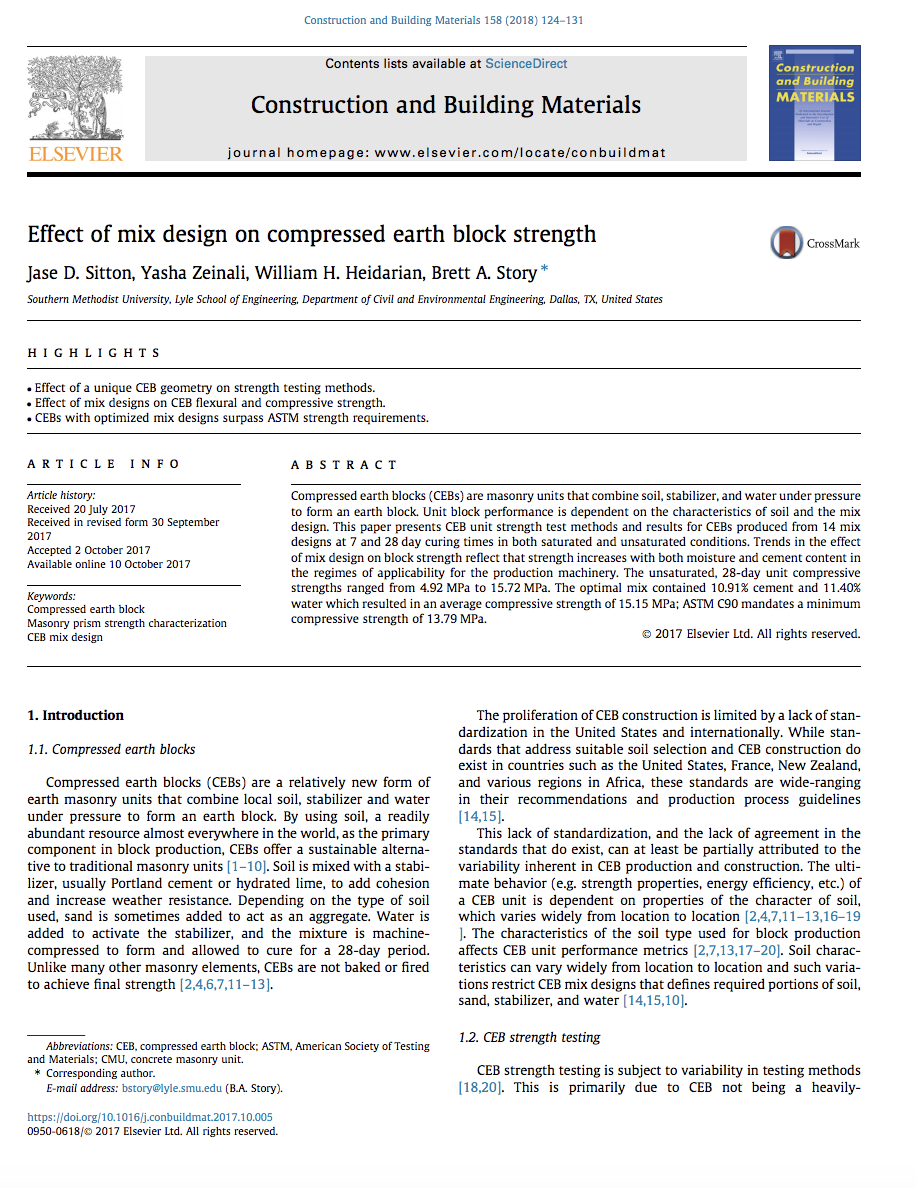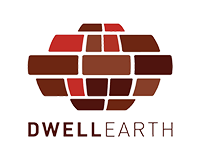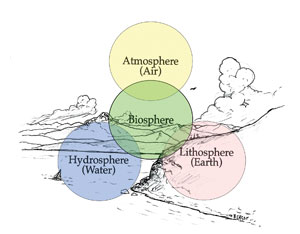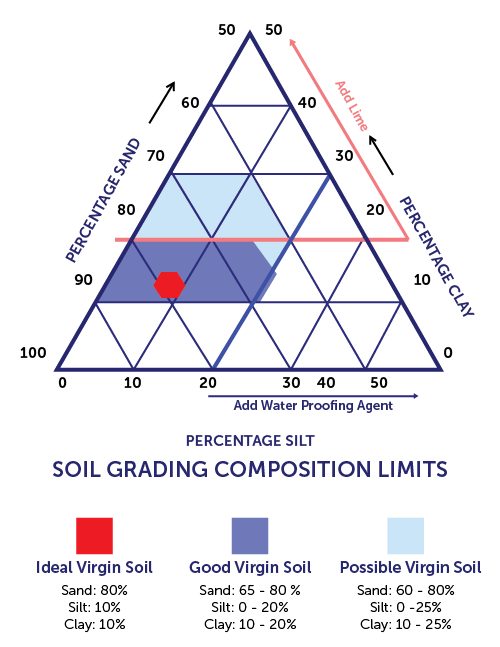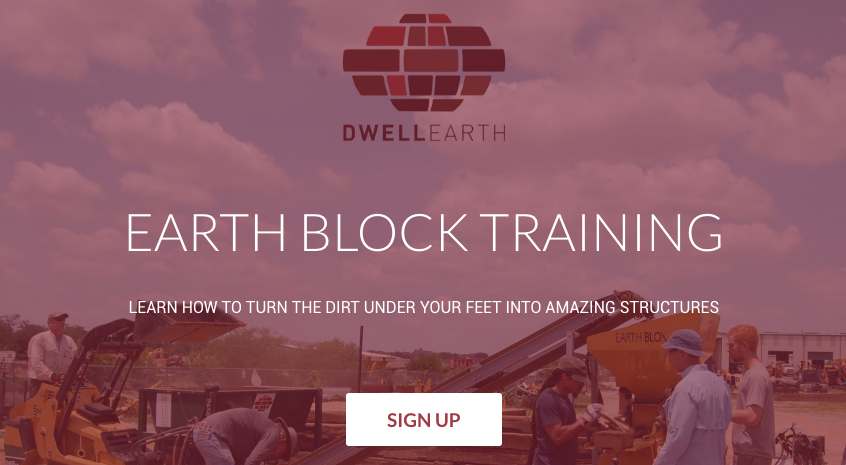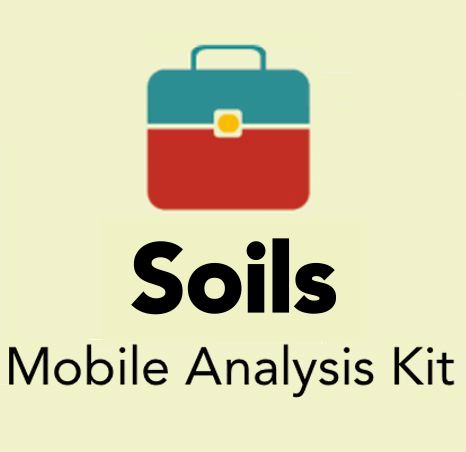If you have ever searched for compressed earth blocks on the internet I am sure you have had that overwhelming feeling of being swamped in very technical information overload. Over the years we have been analyzing and innovating through looking at the entire compressed earth block process. Through this process we have developed and diversified ourselves with simple, robust, and affordable cutting edge compressed earth block production technology. We also revolutionized soils analysis and mix design through our Soils Analysis Mobile Testing Lab that is easily carried into the field and is soon to be linked to software that will be able to provide mix designs that will yield compressed earth blocks who’s properties will be accurately predicted and correlated to already existing building regulations and standards. Click this link for more info on that exciting project.
We also discovered that the educational process was broken. Across the internet there is a tremendous fragmentation of process information, techniques and research pertaining to compressed earth blocks. Much of the information available is densely written technical documents and or opinions and recommendations from the field which are usually just the basics but do not lend to digging deeper and really exploring and understanding what is involved with the compressed earth block production and construction processes without needing to invest the amount of time it might take one to achieve a degree or two. To help provide the world with a better more dynamic resource to explore and learn about the compressed earth block process we have been working very hard in collaboration with 9 Digit Productions to create this Educational Earth Block Experience.
We hope that you will be able to find the new dwellearth.com to be a great learning resource for you to further explore the amazing building system that is compressed earth blocks. The projects, visions, and needs of those who we talk to everyday is the heartbeat of Dwell Earth and we greatly value all the input and conversations that help us to continue to serve you better.
Take a look around and we look forward to hearing what you think about it and learning what we can help you build.
